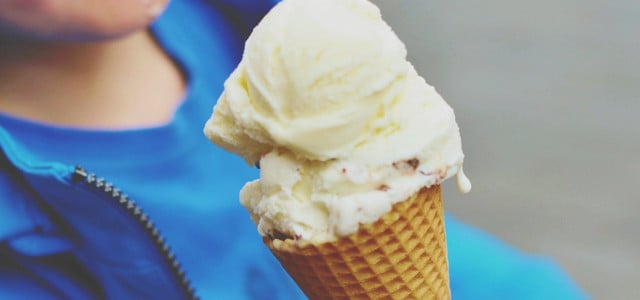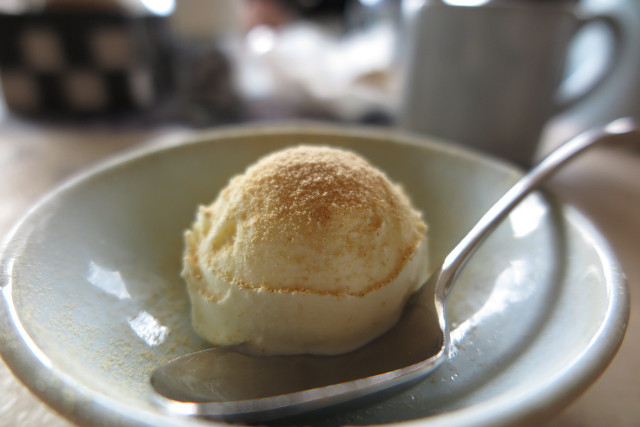
So-called “brain freeze” can spoil the enjoyment of ice-cold drinks and ice cream on hot summer days. You can find out here how cold headaches occur and how you can prevent them.
There’s nothing like a fruity ice cream or a refreshing drink in the heat. But what was intended to provide a longed-for cooling effect can quickly become unpleasant when so-called brain freeze sets in. This is a headache triggered by cold that manifests itself as a sudden, intense stabbing pain behind the forehead. The head often actually feels as if the brain is briefly freezing – hence the name “brain freeze” or cold headache.
Although brain freeze is not dangerous, it can be very painful and spoil the enjoyment of cold foods. But there are tricks you can use to avoid cold headaches.
Brain freeze is a natural protective reaction

(Photo: CC0 / Pixabay / Acatana)
Brain freeze is the body’s normal reaction when you eat ice cream or drink an ice-cold drink too quickly. If stimulants that are too cold pass through the palate and the back wall of the throat, they suddenly trigger a strong cold stimulus. In response, the body wants to warm up.
So the blood vessels in the mouth automatically contract so that the loss of cold is contained. But at the same time, the anterior cerebral artery expands so that the body can still supply the brain with oxygen. This increases the pressure in the blood vessels, resulting in a sudden headache.
As soon as the body temperature returns to normal, the blood supply returns to normal and brain freeze is a thing of the past. The excessive pressure in the blood vessels cannot cause any damage in such a short period of time.
This is how you avoid brain freeze

(Photo: CC0 / Pixabay / asdfonline0)
Brain freeze usually disappears as quickly as it came. Nevertheless, the enjoyment of ice cream would be even greater without the painful pain in the head.
You can avoid brain freeze with these tips:
- Avoid adding lots of ice cubes to your drinks and drink in small sips.
-
It is best to eat ice cream with a spoon, as this will prevent too much cold food from reaching your palate at once. To do this, turn the spoon when you put it in your mouth so that it forms a barrier between the ice cream and the palate.
-
Take your time when eating ice cream: Only swallow ice cream when it has warmed up a little in the front of your mouth and has melted slightly. Smaller portions are also advisable to reduce the cold sensation.
If you do get brain freeze, you should raise your tongue to the roof of your mouth to warm it up. Alternatively, you can drink a warm drink.
Read more on Techzle\.com:
- Fight headaches naturally: these home remedies help
- Make your own water ice cream: fruity recipes for the summer
- Drinking in the heat: cold or warm drinks?